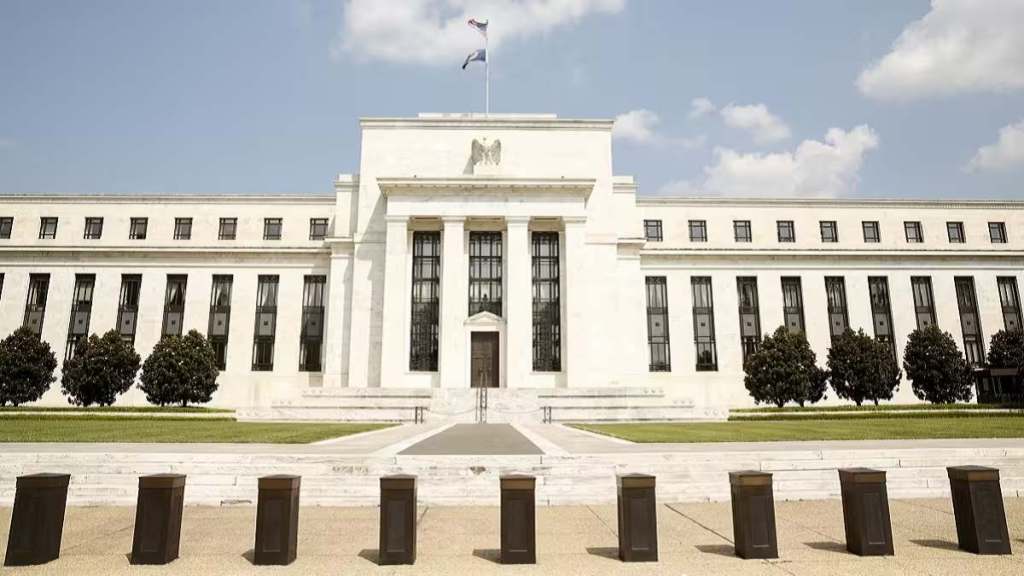The US Federal Reserve’s action in raising the funds rate range by 25 basis points to 5.25-5.5%, the highest levels in 22 years, may have been hawkish, but Chair Jerome Powell’s tone at the press conference after the announcement was somewhat dovish. Powell was, of course, cautious and left the door open for more hikes, but he also downplayed the two-hike indication by the Fed, saying the jobs reports and inflation prints, ahead of the September meeting, would be carefully assessed and that action would largely be data-dependent. He also reiterated there was a long way to go before the goal of 2% inflation was achieved.
However, Powell’s observations that the Fed had already covered a lot of ground to bring real rates to these levels and therefore, could perhaps afford to be patient, have been interpreted by the markets to mean there will be no hike in September and probably just one more before the cycle turns. The markets believe the Fed wants to now wait to get a sense of the ‘full effects of our tightening”, now that borrowing costs appear “sufficiently restrictive” to lower inflation to the targeted 2%. US inflation in June was down to an annual 3% but the labour markets remain strong, unemployment is low and the residential property market seems to have regained some of the momentum that it recently lost. That’s what prompted the Fed to hike this time around.
Nonetheless, while growth is better than anticipated and there may be no recession, it’s not running away either. That is probably why the markets are betting on a last-but-one kind of scenario because the Fed too has noted that tighter credit could weigh on economic activity. Indeed, some are even willing to wager a prolonged pause since the Fed anticipates a noticeable slowdown in growth starting later this year. The good news is that a lot of the disinflation seems to be coming from a normalisation of supply chains. In Asia, the weak China economy is exporting some disinflation.
That is important for India at a time when crude oil prices have moved up all the way back to $83/barrel and prices of other commodities are also inching up. While the impact of imported inflation—via the depreciation of the rupee—is now lower than in the past, the fact is 40% of the CPI basket remains imported content.
By some estimates, GDP growth in the US could halve from the current 2%. If that happens, India’s already sluggish merchandise exports would be a big casualty. Moreover, the momentum in services exports could be lost; the April-June period saw growth slip to just 5% y-o-y putting in jeopardy the $400-billion target for the year. That, then, would somewhat weigh on the current account deficit. The dollar is expected to stay strong in an environment in which money will be less easy because even if the Fed does not hike rates, the quantitative tightening will continue. Nonetheless, flows into India—both portfolio and direct investments—should continue to sustain. For the Reserve Bank of India (RBI), a prolonged pause by the Fed can be the best outcome as it grapples with inflation that is running higher than its targets. More so, as the economy is yet to feel the full effects of the tightening and the slowdown in exports threatens to leave growth tepid.


